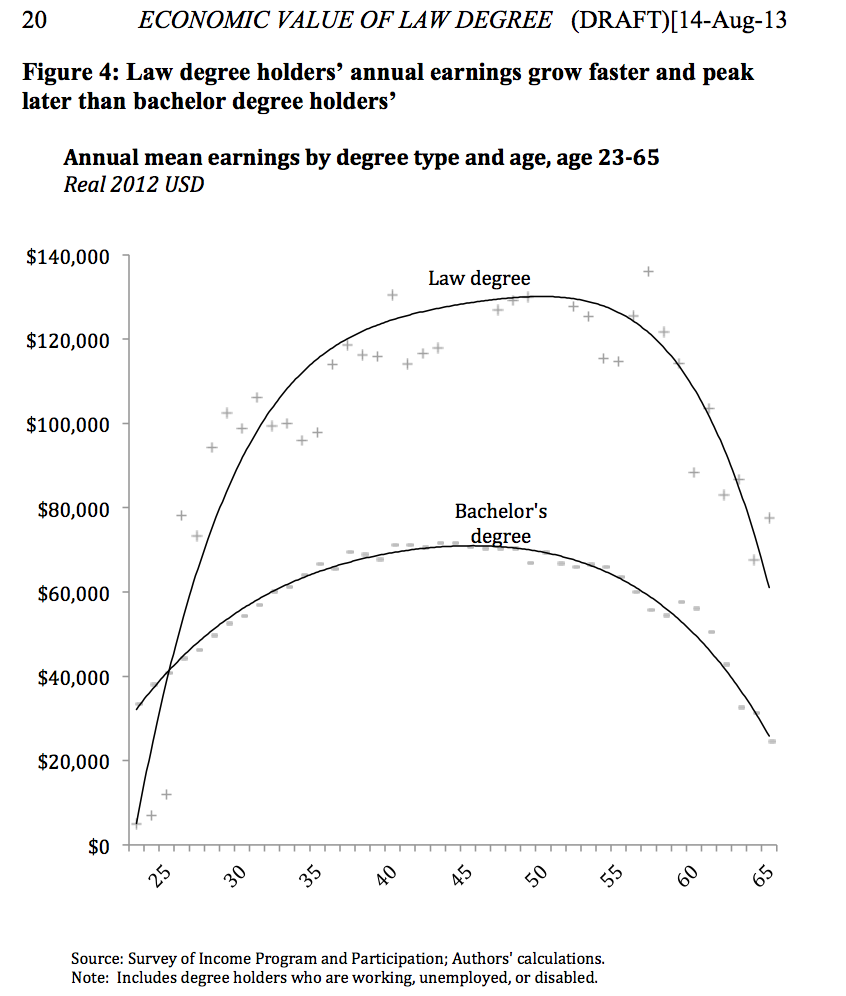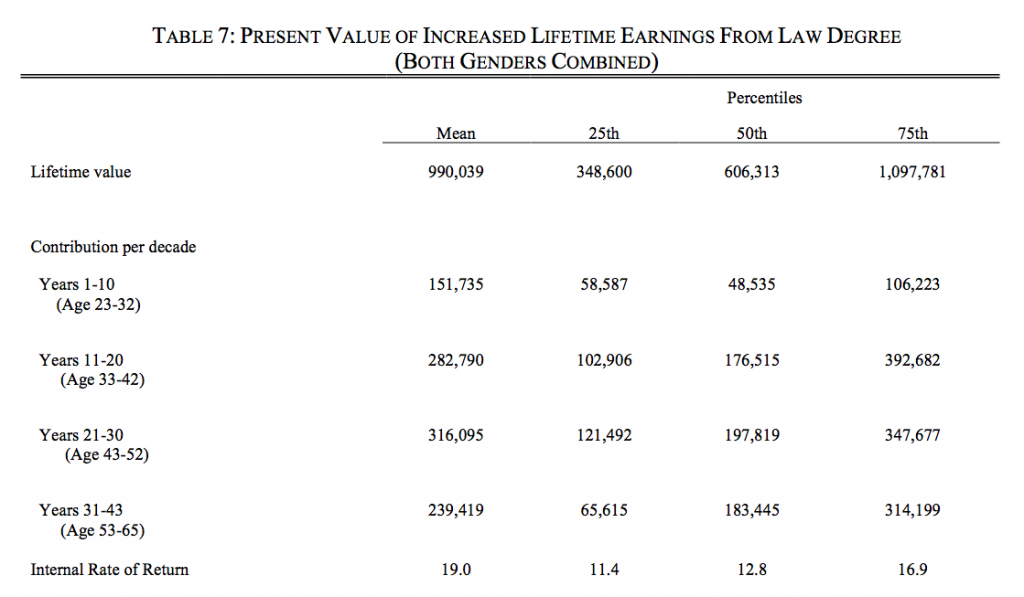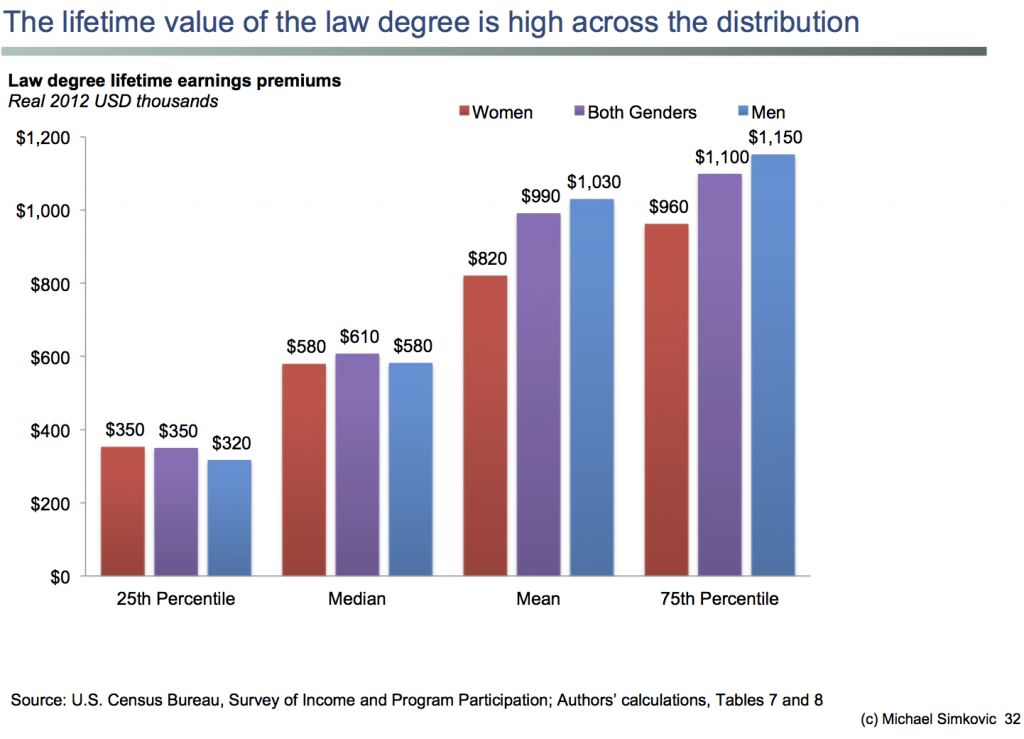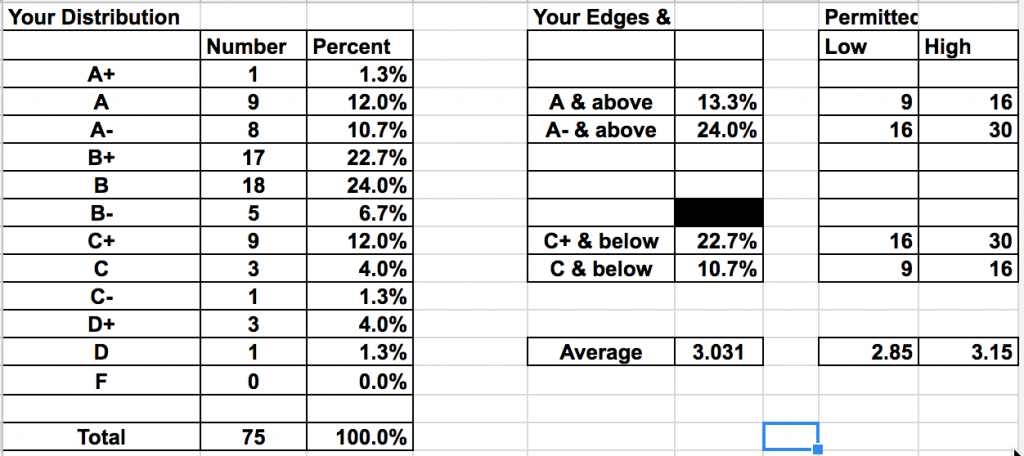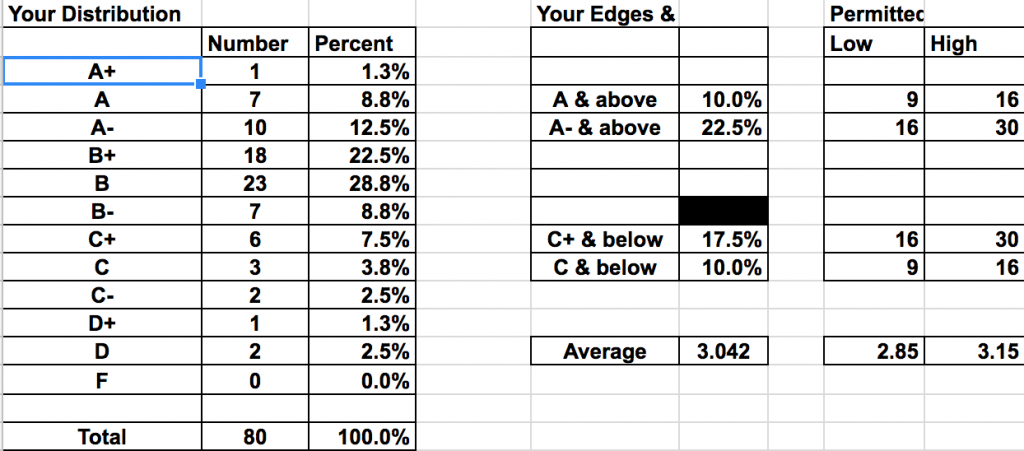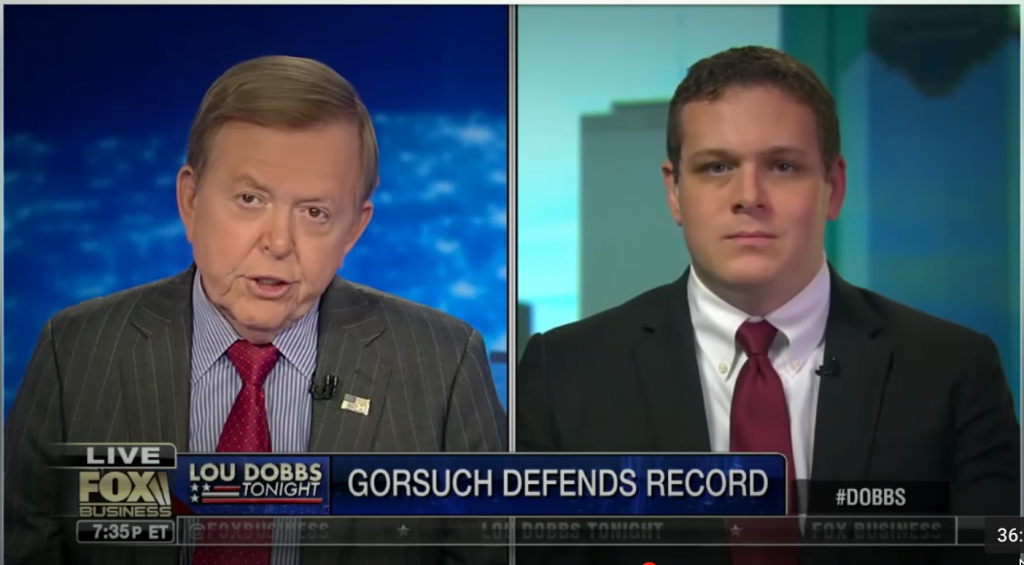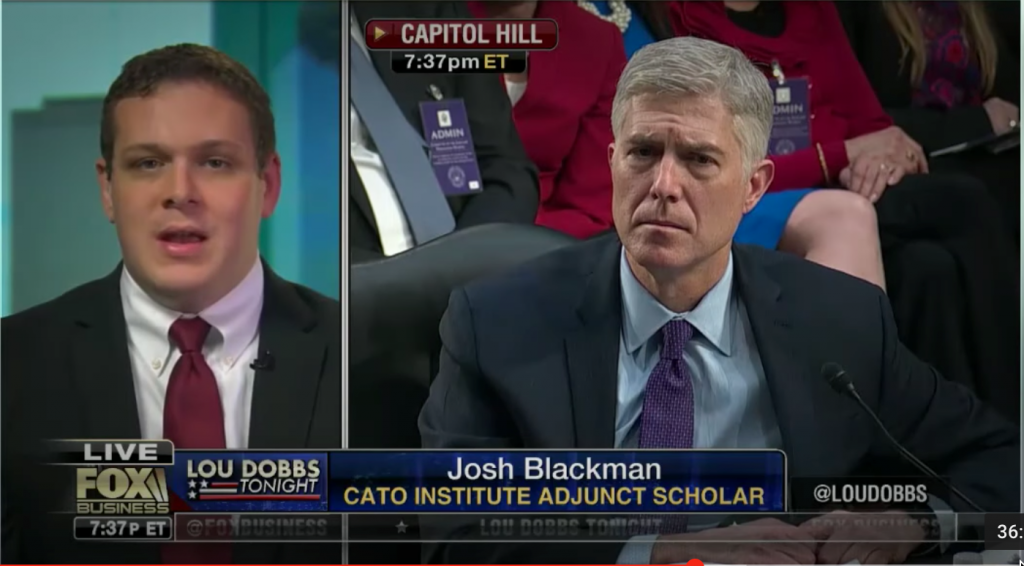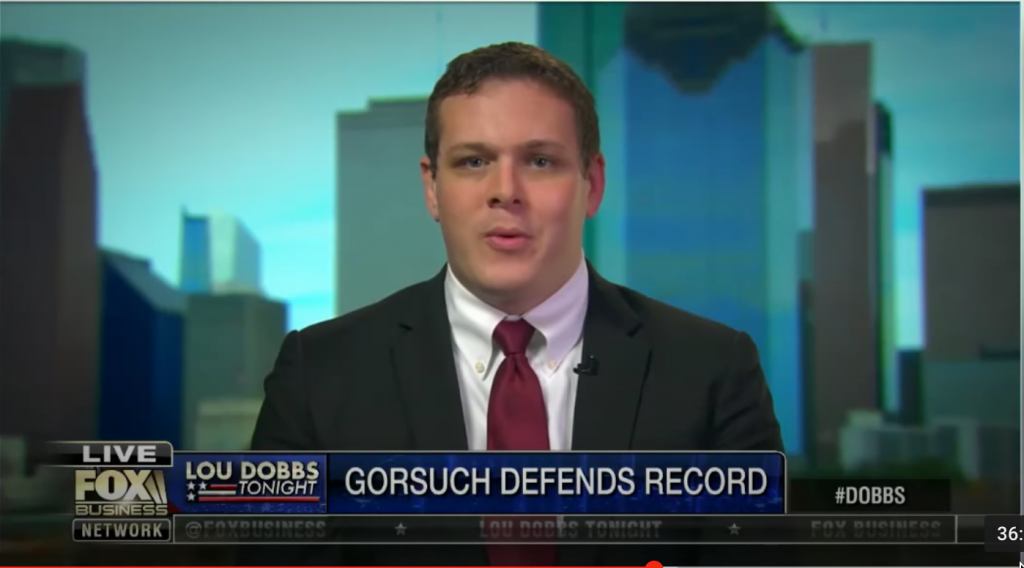Class 19 – 3/23/17
Marital Property II
- Divorce, 393-395
- In re: Marriage of Graham, 395-400
- Notes, 400-401
- Elkus v. Elkus, 401-406
- Notes, 406-407
- Termination of Marriage by Death, 407-409
- Problems, 409
- Modern Elective Share, 409-410
The lecture notes are here.
What is the value of a law degree? According to a (controversial) article, titled The Economic Value of a Law Degree, the value of a law degree, as opposed to stopping with a bachelor’s degree is roughly $1 million over the course of the year:
After controlling for observable ability sorting, we find that a law degree is associated with a 60 percent median increase in monthly earnings and 50 percent increase in median hourly wages. The mean annual earnings premium of a law degree is approximately $53,300 in 2012 dollars. The law degree earnings premium is cyclical and recent years are within historical norms.
We estimate the mean pre-tax lifetime value of a law degree as approximately $1,000,000.
This chart depicts the value of a law degree over the course of a persons’ career.
This chart breaks down the lifetime earnings from a law degree by decade across percentiles (ranging from people the bottom to the top of law degree holders):
Here are the numbers broken down by gender:
This is the great diva Frederica von Stade.
Here is Stade singing at the 1991 Metropolitan Opera Gala
And more opera.
Justice Ginsburg, one of the most famous opera fans in the country, is a huge fan of von Stade, listing her work as among her favorite:
Mozart, “The Marriage of Figaro”; Samuel Ramey, Lucia Popp, Thomas Allen, Kiri Te Kanawa, Frederica von Stade, Kurt Moll, Robert Tear, Georg Solti conducting the London Philharmonic and London Opera Chorus (Decca).
The duo also share something else in common. They were both selected by the Georgia O’Keeffee Museum as Woman of Distinction: RBG and van Stade.
Sec. 2.401. PROOF OF INFORMAL MARRIAGE. (a) In a judicial, administrative, or other proceeding, the marriage of a man and woman may be proved by evidence that:
(1) a declaration of their marriage has been signed as provided by this subchapter; or
(2) the man and woman agreed to be married and after the agreement they lived together in this state as husband and wife and there represented to others that they were married.
(b) If a proceeding in which a marriage is to be proved as provided by Subsection (a)(2) is not commenced before the second anniversary of the date on which the parties separated and ceased living together, it is rebuttably presumed that the parties did not enter into an agreement to be married.
(c) A person under 18 years of age may not:
(1) be a party to an informal marriage; or
(2) execute a declaration of informal marriage under Section 2.402.
(d) A person may not be a party to an informal marriage or execute a declaration of an informal marriage if the person is presently married to a person who is not the other party to the informal marriage or declaration of an informal marriage, as applicable.
Also relevant for our discussion is 2.001 (emphasis added):
Sec. 2.001. MARRIAGE LICENSE. (a) A man and a woman desiring to enter into a ceremonial marriage must obtain a marriage license from the county clerk of any county of this state.
(b) A license may not be issued for the marriage of persons of the same sex.
